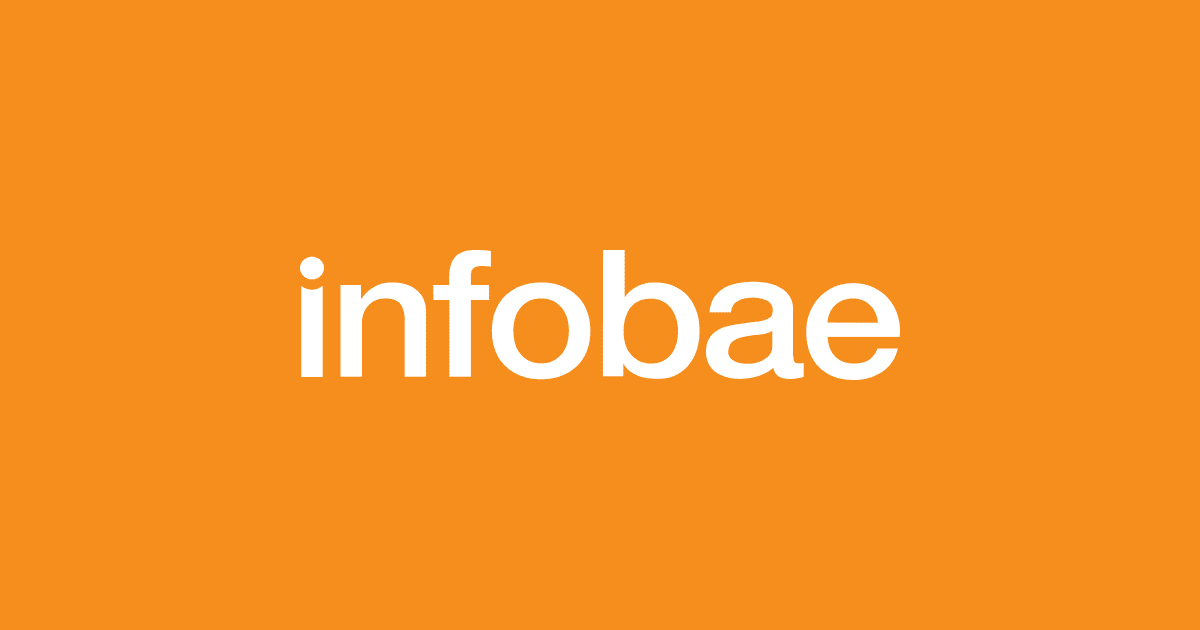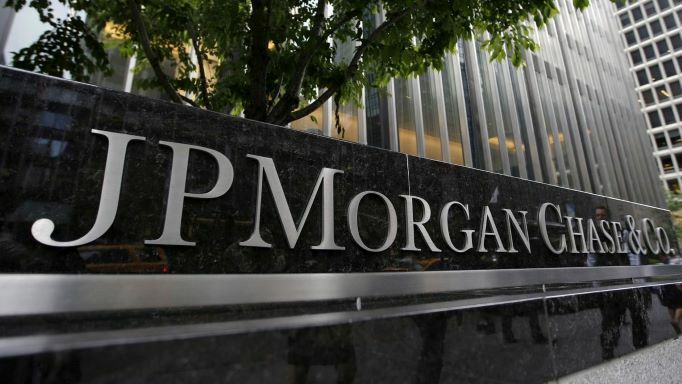What the market expects from JPMorgan’s Q3 numbers 22
Market consensus is expected to c. B. Morgan Chase 29.14% increase in net interest income, a modest +5.23% increase in gross margin and a 24.91% contraction in net profit impacted by higher provisions. In terms of solvency, CET1 is expected to be around 12.32% at the end of Q322 and an efficiency of 59.90%.
Latest published figures 2Q22
JPMorgan’s second-quarter 2022 calculations weren’t satisfying the market. Earnings fell 28 percent to $8.6 billion ($2.76 per share), versus an expected figure of $2.88 per share. The result was impacted by an increase in provisions, to reach US$1,100 million, to counteract greater risks of stagnation and an expected increase in doubtful loans. Investment banking revenue fell 61% to $1.35 billion, compared to market estimates of $1.9 billion in revenue. This deterioration is mainly due to the drought in new IPOs. The stock subscription fee in Q222 decreased 77% compared to 2021. There was also a deterioration in profitability, and at the end of the second quarter of ’22, return on equity was 13% from 18% a year earlier.
The positive side came from the increase in interest rates, which led the facility to record a net interest income of $15,100 million, an increase of 19% over the same period in the previous year. In addition, JPMorgan raised its net interest income target for 2022 to $58 billion, from $56 billion previously.
Solvency
The Fed’s stress test to assess the resilience of Wall Street banks in the face of a recession, which has been used, along with banks’ earnings plans, to calculate the sector’s capital requirements for the next 12 months, as demand increases for the 3 largest banks : JPMorgan Chase and Bank of America and Citigroup. Some new and more demanding requirements which may limit the share repurchase of these entities. Specifically, the Fed’s requirements for Tier 1 Capital Ratios (CET1) related to risk-weighted assets increased by a full percentage point from October. JPMorgan’s new CET1 requirement is 12%, up from 11.2%. Despite this increased demand, the entity confirmed that it does not intend to adjust its quarterly dividend, although there is reasonable doubt about whether it will be able to maintain the dividend in the coming quarters. The regulator also charged large banks an additional fee on their CET1 capital requirement by 50 basis points from 2023 due to their status as systemically important banks. This will raise JPMorgan’s CET1 requirement to 12.5% and set its target at 12.5-13% for 2024, which presumably means a reduction in the Treasury stock buyback program and a dividend reduction cannot be ruled out.
basic evaluation
The second quarter accounts were not impressed and those to be published on October 14th are also not expected to be positive. It seems clear that given the market consensus pointing to a short-term stagnation, financial institutions will have to re-increase provisions again to face the challenging quarters next year. JPMorgan is expected to set aside more than $4 billion to cover potential bad loan losses. Which is that if, on the one hand, higher prices would benefit the interest margin, on the other hand, an increase in defaults and defaults, a slowdown in depreciation, is expected, in investment banking, the drought continues in IPOs and, consequently, business Less and higher risks.
In valuation in multiples, market pays 9.3v PER for JPMorgan as estimated 2022, practically in line with the average of its competitors, which is about 10 volts. Return on equity has declined in recent years, but is still above the sector average and the return on dividend is among the most generous (3.98%), without ruling out the possibility of a rating downgrade. In a comparison of multiples, Goldman Sachs, Citigroup and HSBC show a higher discount rate than JP Morgan and a higher solvency ratio, which gives greater confidence in their earnings.
Based on fundamental analysis, we are reviewing our recommendation for JPMorgan stock to neutral, Due to further deterioration in the economic situation which will affect its business, profit margins and commissions.
Entity description
JPMorgan Chase, the largest US lender by assets focused on providing financial services, is a world leader with more than $3.4 trillion in assets and operating around the world. The company is a leader in investment banking, financial services for individuals, small businesses, commercial banking, financial transaction processing and asset management.
disclaimer
The data, opinions, estimates, forecasts and recommendations contained in this report have been prepared by Estrategias de Inversión and its collaborators with the aim of providing their users with information about companies, sectors and financial markets, without implying directly or indirectly any personal recommendation of the company or assets analyzed in order to form advice personal investment. The analysis is based on preparing detailed financial projections based on general information and following the methodology of traditional fundamental analysis. The parameters listed represent the personal opinion or judgment of the analyst. The person receiving this analysis should apply his or her own judgment when using the mentioned criteria and should consider them as an additional element in the investment decision process. These parameters do not constitute a personal investment recommendation.

“Beeraholic. Friend of animals everywhere. Evil web scholar. Zombie maven.”

:quality(85)/cloudfront-us-east-1.images.arcpublishing.com/infobae/LA52U22KMZBODI5WGZCX6WL7R4.jpg)



:quality(85)/cloudfront-us-east-1.images.arcpublishing.com/infobae/DDKITE42OJFGNBUR66YUK6XNNA.jpg)



More Stories
The highest price of gasoline in Madrid, Barcelona and other cities on May 15
Porsche celebrates the start of electric mobility at the Leipzig plant
The Council of Ministers authorizes Vodafone’s purchase of Zigona